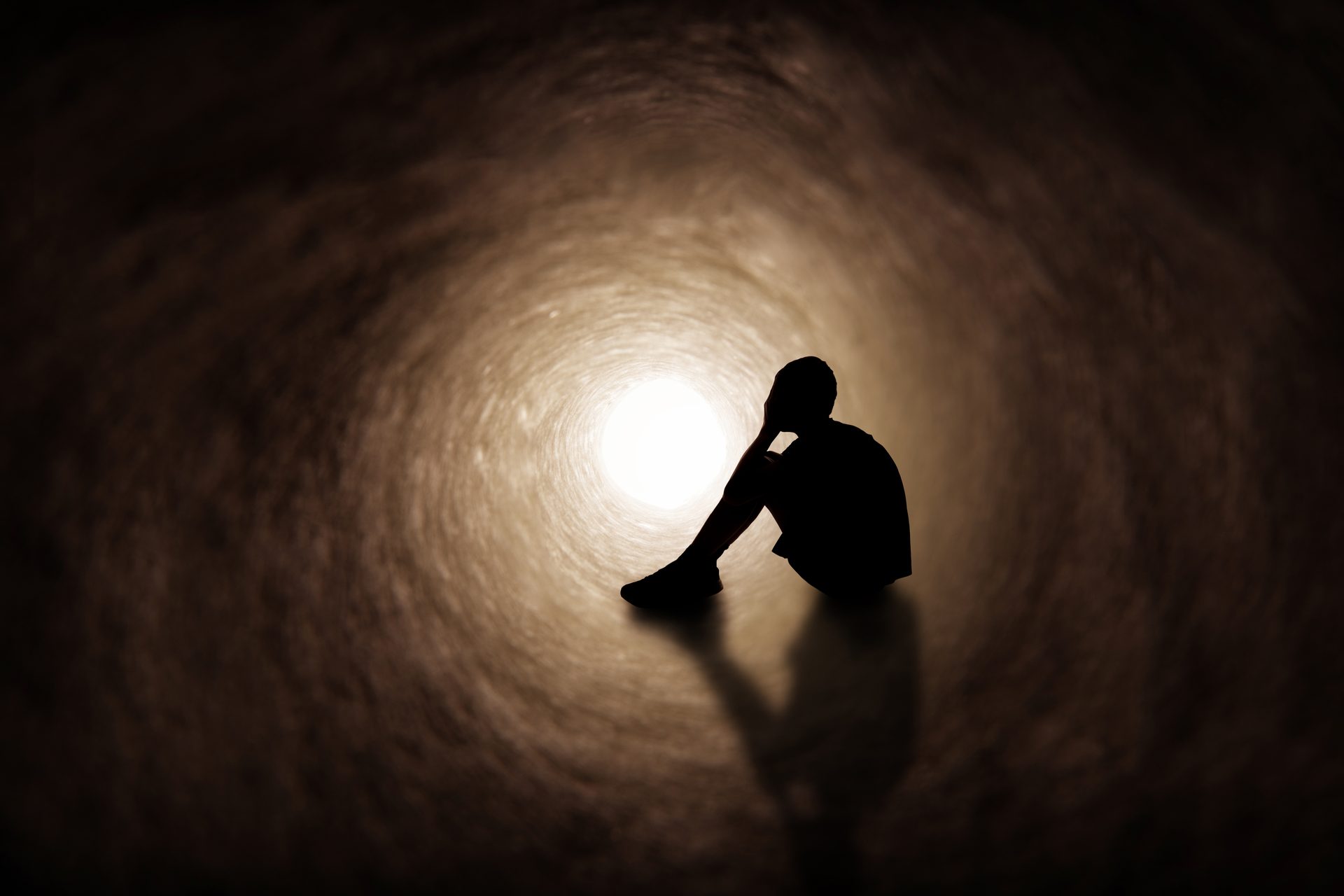september 2022



sdominick / iStock / Getty Images Plus via Getty Images
Active shooter incidents are certainly a concern for school districts, but the day-to-day mitigation of unwanted behaviors such as vaping, vandalism, sexual harassment, violence or bullying, as well as negative consequences of mental health issues, is a constant challenge for many school stakeholders.
Youth mental health was a public health concern before COVID-19. But now, it’s an even greater issue. According to The Pew Charitable Trusts, the anxiety and depression youth have experienced during the pandemic have spilled into schools, resulting in crying and disruptive behavior in many younger kids and increased violence and bullying among adolescents.
“Poor values and a bad mental state can lead to bad things, and it’s an unfortunate trend that we have seen and have heard from school administrators that it is becoming more difficult to manage lately,” says Phil Santore, Vice President and Managing Principal at security consulting and engineering firm Ross & Baruzzini.
With troubling statistics in mind, there is a movement to go from the reactive to passive and proactive when it comes to helping students address mental health issues and manage behavioral concerns, as well as mitigate school violence, bullying or unwanted behaviors. One of the ways schools can approach this issue is through a holistic facility design that implicitly encourages students and staff to speak out about potential problems before they happen, according to Santore.
You may have heard about Crime Prevention Through Environmental Design or CPTED. But even school stakeholders that don’t have training in CPTED can take a critical look at their environments from the eye of a student, a staff member or a bad actor.
“ To build or create an environment indicative of a negative place paints a picture that students see. Everything you put in front of them says something to them, even nonverbally. ”
— Phil Santore, Vice President and Managing Principal, Ross & Baruzzini
“Those schools that are willing to think outside the box are beginning to design schools differently,” he explains. School counselors or mental health professionals have traditionally been housed in the main office, removed from the general population of the school, creating a physical and mental separation between them and the students.
“In that scenario, going to the office creates a stigma in and of itself. We are seeing this trend of schools moving those counselor offices into the mainstream school body so that they are a part of the fabric of the school and not in the main office,” Santore says. “The idea is that students see those staff members every day, they call you by name, and you call them by name. They are available to talk at any time, and if students feel comfortable talking to them, the hope is that they will share worries or potentially troubling behaviors before a bad thing happens.”
The idea of moving mental health professionals away from isolated locations and into the daily life of school buildings is centered on leveraging the positive behaviors of people, allowing students that notice warning signs or potentially troublesome behaviors an easier opportunity to speak out.
School stakeholders can also leverage the same concept of using positive behavior through the use of anonymous reporting apps, encouraging students, staff and even parents to speak out. Apps can allow those worried about a potential incident to warn staff anonymously of something they’ve seen, heard or expect, without the risk of getting in trouble.
“It’s such an important strategy to create an environment conducive to positive behavior,” Santore says. “You want to give students multiple opportunities to speak up in a way they feel comfortable and, again, it is a strategy that relies on those positive behaviors.”
Santore says that schools, in particular, need to balance security with a positive learning environment and focus on those passive security solutions first, and then add additional layers, including other programs, procedures, technologies and solutions, while always keeping the intention of a positive learning environment in mind.
“To build or create an environment indicative of a negative place paints a picture that students see. Everything you put in front of them says something to them, even nonverbally,” Santore says. “When you stop thinking like a security professional and start thinking like an educator, parent or child, you can do some wonderful things.”

september 2022 / SECURITYMAGAZINE.COM

